Bench
How to Pick the Right Material for a Bench
There are several things to take into account while building the perfect bench for your requirements. You must decide on a number of factors, including durability, functionality, and maintenance needs, in addition to style, size, color, and other preferences. The sort of material you choose to build your bench is one of the most crucial choices to make, with the traditional three options being recycled plastic, metal, or wood.
This guide to outdoor bench materials analyzes your available alternatives and explains the advantages of each for outdoor furniture. In order to assist you make the best decision, our guide also explains some important considerations for selecting a bench’s material as well as answers to some often-asked concerns concerning outdoor benches.
Which Bench Materials Are Typically Used?
Outdoor furniture, such as park or public seats, must be sturdy to withstand frequent use, weather, and other issues. You must select the proper bench material to provide you the desired style and longevity if you want to design the best bench for your needs.
You must be aware of the benefits and drawbacks of each material type in order to select the best bench material. You may choose the best alternative for your outdoor benches by determining your priorities for bench material.
The three main types of outdoor benches are made of wood, metal, and recycled plastic.
Recycled Plastic
Recycled plastic is a wonderful bench material option for businesses aiming to accomplish sustainability goals because it supports their environmentally conscious agenda. Plastic from recycled sources is a versatile material that can be molded to almost any style or purpose. The main characteristics of recycled plastic as a bench material are as follows:
- Weight: Recycled plastic is less in weight than hardwood or some metals. When you want visitors to be able to move the bench and rearrange outdoor furniture, this is the best option.
- Maintenance: Recycled plastic typically requires little maintenance, although conditions vary. Recycled plastic benches are extremely water-resistant. However, following prolonged exposure to UV radiation, thinner polymers may eventually fail.
- Comfort: Recycled plastic benches are often created with a higher ductility, or the ability for a material to flex under pressure, which makes them comfortable to sit on. This substance tends to heat up significantly when exposed to direct sunshine.
- Aesthetics: Recycled plastic may be made to seem elegant, rustic, or futuristic using contemporary manufacturing technology; the options are unlimited.
Metal
Metal has the qualities that make it a great material choice for benches, whether you’re going for a polished, glossy appearance or a design that adds character. Metal can be produced into a wide range of shapes, designs, and metal types. Take into account the following characteristics of metal bench material:
- Weight: The weight of metal benches varies according to the type of metal. While cast iron and steel seats can be heavy, aluminum benches can be a lot lighter.
- Maintenance: Metal benches typically require little upkeep, and they are made of durable materials that last for a very long time. They are a fantastic option for city parks, sports facilities, and other heavily used locations because they do not typically show noticeable wear as quickly as wood does. The screws that hold the bench together are also best made of metal, particularly stainless steel screws that are strong and rustproof.
- Comfort: Unlike recycled plastic, the comfort of a metal bench is somewhat more individualized. Although some individuals might find the hardness uncomfortable, metal benches can be fairly comfortable if they are made with the right balance of ductility to hardness. Metal tends to heat up and get fairly hot, much like plastic.
- Aesthetics: Metal seats can be fashioned to look either elegant and old or sleek and futuristic. Metals are prone to rusting, therefore it’s essential to apply a sealant layer that stops oxidation and keeps the metal’s smooth surface.
Wood
The oldest type of outdoor bench is made of wood, which is generally utilized in parks or on private property. Although wood is frequently chosen in situations that go well with its organic feel, more modern faux wood solutions have greatly improved to compliment a wider variety of functions. The main features of wood as a material for benches are as follows:
- Weight: Wood has a medium weight when compared to other materials. The type of wood used will determine its density; oak, maple, and walnut are heavier hardwoods. Softwoods such as fir, cedar, and pine are lighter.
- Maintenance: Wooden outdoor benches don’t need a lot of maintenance as long as the wood is properly sealed. They will be more prone to breakages, which may call for significant repairs or complete reconstruction. Despite their protective coatings, hardwood benches are nevertheless vulnerable to carving, scraping, and scratching, which poses the highest wear hazard.
- Comfort: Depending on the species, wood might have some give, making it similar to recycled plastic in that it is quite comfy. However, with time, the comfort of hardwood benches may be impacted by splintering brought on by scrapes and scratches. Although this choice is arbitrary, many people find wood to be more comfortable than metal or concrete.
- Aesthetics: Outdoor furniture looks beautiful because of the inherent beauty of wood, especially in gardens or forested areas. Although it has a timeless appearance, wood could not fit in an environment that is modern or industrial. Additionally, compared to other materials, wood has a tendency to develop noticeable wear and uneven fading much sooner.
When selecting your bench material, take these six things into account.
It can be difficult to decide which of the three bench material types—recycled plastic, metal, and wood—is best for your needs because they all offer benefits for comfort, durability, and aesthetics. The application, location, and amount of traffic the bench will receive should all be taken into account when choosing the material. Then there is also the matter of money. Costs for bench materials can vary significantly depending on a number of elements, including as size, quantity, and style.
These six considerations should be taken into account while selecting the bench material.
- Weather Resistance
Consider your climate and the typical weather patterns in your area when choosing the right bench material for your setup. The material you choose should be the most weather-resistant option available.
For instance, all three materials are suitable in moderate areas where annual temperature variations are fairly modest. However, in harsh areas with long, humid summers and bitter winters, wood may need to be avoided or routinely weatherproofed. Wood contracts during the winter and then expands once more as the weather gets warmer because it holds moisture. The bench will be vulnerable to warping, splitting, or cracking as the relative humidity increases if it is not properly air-proofed.
If the bench is directly exposed to the weather, both metal and recycled plastics might offer higher weather protection. To avoid obvious wear, wood benches are preferable for protected situations.
- Requirements for Cleaning and Repairing
You need a plan for routinely cleaning and maintaining your outdoor seats if you want to keep them looking good and extend their lifespan. Compared to other bench materials, some are simpler to maintain and fix. Utilizing a pressure washer is the simplest way to clean outdoor furniture. This will effectively remove accumulated filth and dirt. However, benches made of metal or recycled plastic work best for pressure washing because they can endure the strong water jets.
The best way to clean wooden benches is by hand. If you use a pressure washer and the bench’s protective sealant is starting to wear off, water may enter into the material’s pores and eventually cause deformation. This makes cleaning wooden seats more difficult, which may be a major issue if you’re managing a large number of them.
Depending on the type of damage, all three types of benches can be fixed. Each component of a bench can be taken apart and repaired as necessary, from missing bolts to splintered slats.
- Comfort
Even though comfort is a personal attribute, there are certain general standards that can be used to assess how much your visitors will like sitting on your outdoor benches. When choosing a comfort level, some things to take into account are as follows:
- Temperature: On bright, sunny days, outdoor benches in non-sheltered places are much more frequently used. It might be preferable to select a material that won’t retain heat as much. Nevertheless, there are methods for treating benches to improve their insulation and stop overheating or freezing.
- Ductility: Extremely hard benches can be difficult to sit on for an extended period of time. Conversely, more flexible fabrics typically have a better comfort level. Despite the less ductile nature of the material, there are ways to build benches that promote ergonomic comfort.
- Finish: Make sure your bench’s finish is as smooth as possible to increase comfort. Small drill holes might be uncomfortable for prolonged rests; therefore, the smoother the surface, the thicker the substance. Materials that aren’t finished or finished incorrectly can splinter, peel, or crack, which reduces comfort.
- Appearance
When choosing a bench material, consider appearance in addition to toughness, upkeep, and comfort. You can match your current hardscaping with the many various designs of outdoor benches that are available. You want your benches to look welcoming and provide a cozy spot for your guests to sit.
Be sure to consider your entire appearance while selecting a bench’s material. Wood or wood and metal combinations offer a wonderful rustic aesthetic for a more natural appearance. Metal can be used to make benches that look traditional and elegant or modern and functional due to its versatility. Recycled plastic is another adaptable bench material that can be fashioned into synthetic wood to mimic the more unfinished appearance of a genuine hardwood bench.
- Weight
It’s important to examine the bench’s usefulness and whether it will be stationary or mobile while choosing materials. Benches that can be moved, such those in parks or private gardens, should be built of lightweight materials like softwoods, plastic, or aluminum.
It’s preferable to have a sturdy, heavier material that can be anchored to the ground and create a more substantial presence when you need your bench to remain immobile to maintain your space organized, safe, and theft-proof. In high-traffic places like retail stores, shopping malls, and public transportation hubs, metals and hard plastics are frequently chosen. They can be constructed with sturdy structure and either buried or bolted to the ground.
- Price
Budget considerations are important while selecting a bench’s material. The cost of a bench and the type of bench material you can afford depend on a variety of criteria. If you’re looking for a particular species, wood might be quite expensive. This may make wood an even more expensive choice if you require lots of benches.
Recycled plastic is a widely used and accessible material, making it an affordable choice, especially for retail establishments, malls, and other enterprises that employ several benches. Although metal seats cost more up front, they require less upkeep over time, making them an affordable long-term solution.
Before choosing a bench material, consider these five questions.
Even with the aforementioned things in mind, you might need assistance deciding which features of a bench would best suit your unique requirements. Benches can be used for a wide range of activities and are common in a variety of settings, including both private properties and heavily used public venues. You may completely evaluate your bench material demands, make the best choice, and invest wisely by considering who will use the bench and where it will be placed.
Consider the following questions as you shop for benches to help you think about the location and functioning of your bench as well as the kind and volume of traffic your bench will handle.
- Who Will Make Use of the Bench?
Who will use the bench the most should be your first consideration when choosing the material. If your benches are placed in heavily populated places, a variety of people will use your outdoor furniture. The bench must be usable for everyone, from senior people to little children and their parents to everyone in between. Metal and recycled plastic can both sustain this kind of rigorous use.
The amount of traffic on benches on private property, such as the grounds of condos or business buildings, will be far less than in public places. Therefore, due to its limited use, private grounds are the best location for wood if you like it for your bench.
- How Much Is the Budget?
Before making any other choices, you should decide your budget after you are aware of the type of traffic and wear your bench will experience. The following elements that affect bench costs should be taken into account when planning your budget for a prospective outdoor bench purchase:
- Bench size: The more material you need, the bigger the bench. Therefore, it’s wise to choose a material whose cost drops as you use more of it.
- Quantity: In a similar vein, take into account the overall number of benches you require when deciding which bench material is best for you. Compare several materials for a one-time order if you only need one unique bench. Some materials will be less expensive when purchased in bulk if you require a lot of benches, such as for large institutions like universities, malls, or other public spaces.
- Style specifics: The cost of the bench can vary depending on the level of detail you want. Your bench style may need more or less material, including a combination of several sorts of material, depending on how elaborate it is.
- Maintenance costs: In addition to the price of the material itself, ongoing maintenance costs should be taken into account. A more accurate estimate of the bench’s long-term cost can be obtained by budgeting for maintenance requirements.
- What Will You Do with the Bench?
It’s crucial to keep the bench’s purpose and intended use in mind while selecting the material for it. This will assist you in deciding on the bench’s style, size, and the best material to employ for its primary purpose.
Here are a few instances of various bench uses in various settings:
- Waiting: These benches can be found at bus stops, subway stations, airports, shopping centers, and other public places.
- Relaxing and enjoying: These benches are available in public parks, open spaces, and private lawns for relaxing and enjoying.
- Outdoor dining: These benches are used outside in cafes and restaurants.
- Outdoor learning and meetings: Seating for outdoor meetings is frequently included in school, university, office, and government facilities.
- Recreation: Players and spectators at sporting events and athletic facilities sit on benches.
The bench might also have a unique purpose, like paying tribute to a loved one. Memorial benches are a lovely and touching way to honor someone who valued the outdoors while beautifying the area. Additionally, they allow you to generously support a nearby park, charity, or other cause on behalf of a loved one who has passed away.
- How much maintenance are you willing to put in?
It’s important to evaluate the level of care you can provide because different bench materials necessitate different levels of continuous upkeep. A certain amount of inspection and upkeep is required for all benches. If not properly maintained, benches can constitute a threat to both children’s and adults’ safety.
The most robust material and design should be chosen if you want a seat that requires the least amount of upkeep feasible. Recycled plastic seats are made to be a low-maintenance choice that only needs occasional attention. Compared to wood, solid plastic benches are significantly less likely to fracture, break, or warp.
Another low maintenance material is metal, however it will need to be polished from time to time to stave off corrosion. Wooden benches require more frequent upkeep, which would not be as much of a problem if fewer of them are maintained.
- Which type of bench do you favor?
The final query to ask yourself is which fashion you favor. There are two types of benches: wooden and metal. Wooden seats are typically positioned in green spaces with plenty of trees and other plants, like parks and gardens. Placement of metal benches in urban areas, such as malls, plazas, and other public locations, improves their aesthetic appeal.
Plastic from recycled sources allows stylistic versatility. You can acquire the ideal style you want while taking advantage of the various benefits this material offers because it can be made to seem like wood, metal, or any other finish.
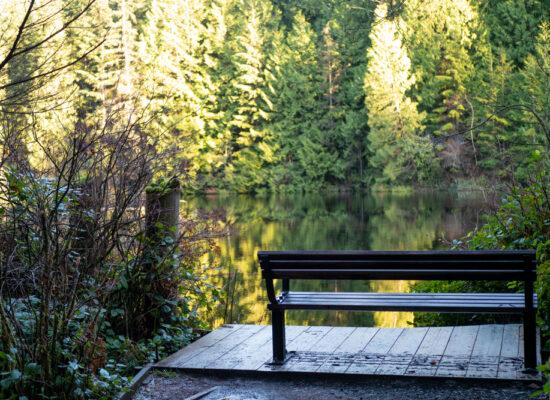
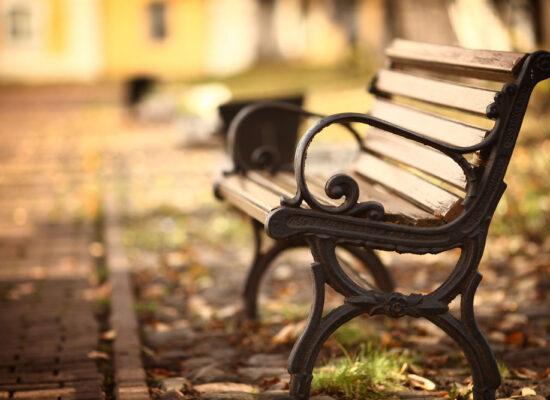
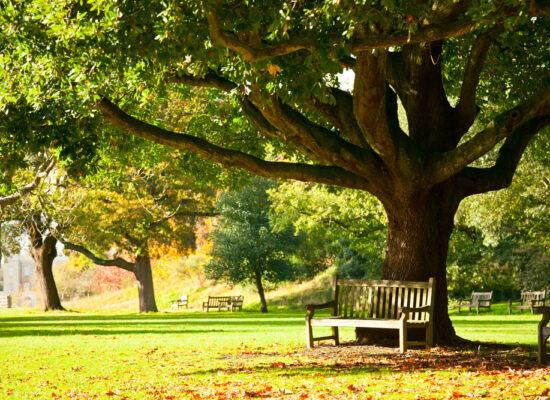
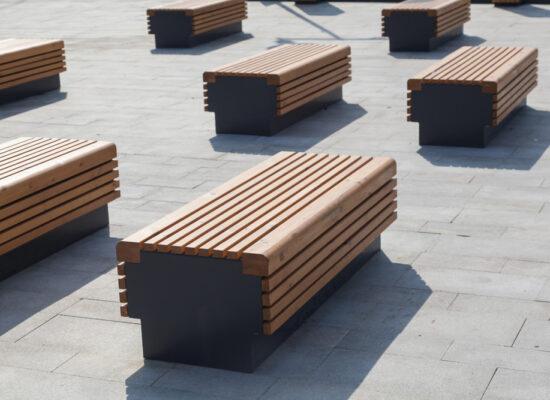
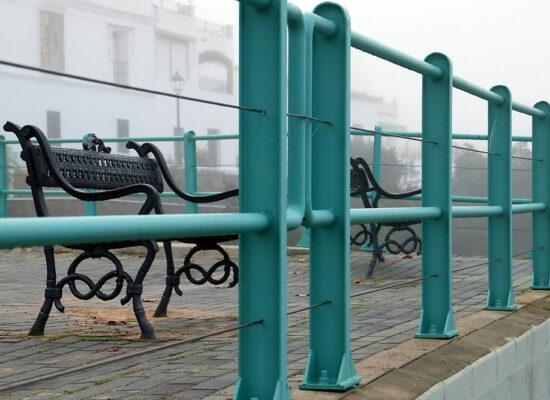
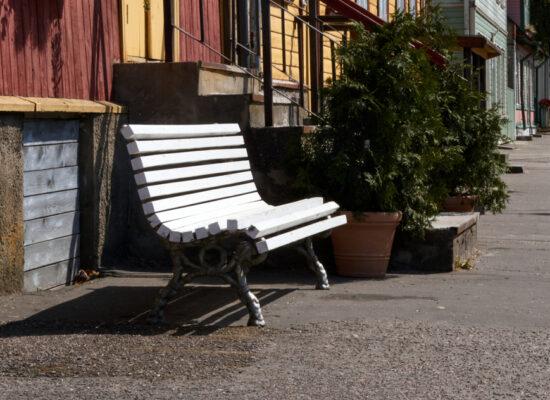
© Arbemu. All rights reserved